The vast world of logistics and transportation hinges on a myriad of calculations and measurements, among which the dimensions of semi-trailers hold paramount importance. Whether you are a fleet operator, a cost analyst, or a logistics manager, grasping the average width of a semi-trailer, as well as its implications, is critical for efficient operations.
1. The Standard Width of Semi-Trailers
When we delve into the specifics, the average width of a semi-trailer typically stands at 102 inches, equivalent to 8.5 feet. This width is codified under federal regulations in the United States, which stipulate that the maximum permissible width for commercial motor vehicles—excluding specific exceptions—is 102 inches. This standardized measurement facilitates uniformity across the trucking industry, simplifying regulatory compliance and operational planning.
Table 1: Standard Dimensions of Semi-Trailers
| Dimension Type | Measurement |
|---|---|
| Average Width | 102 inches (8.5 feet) |
| Maximum Height | 13.5 feet |
| Maximum Length | 53 feet |
| Maximum Weight | 80,000 pounds |
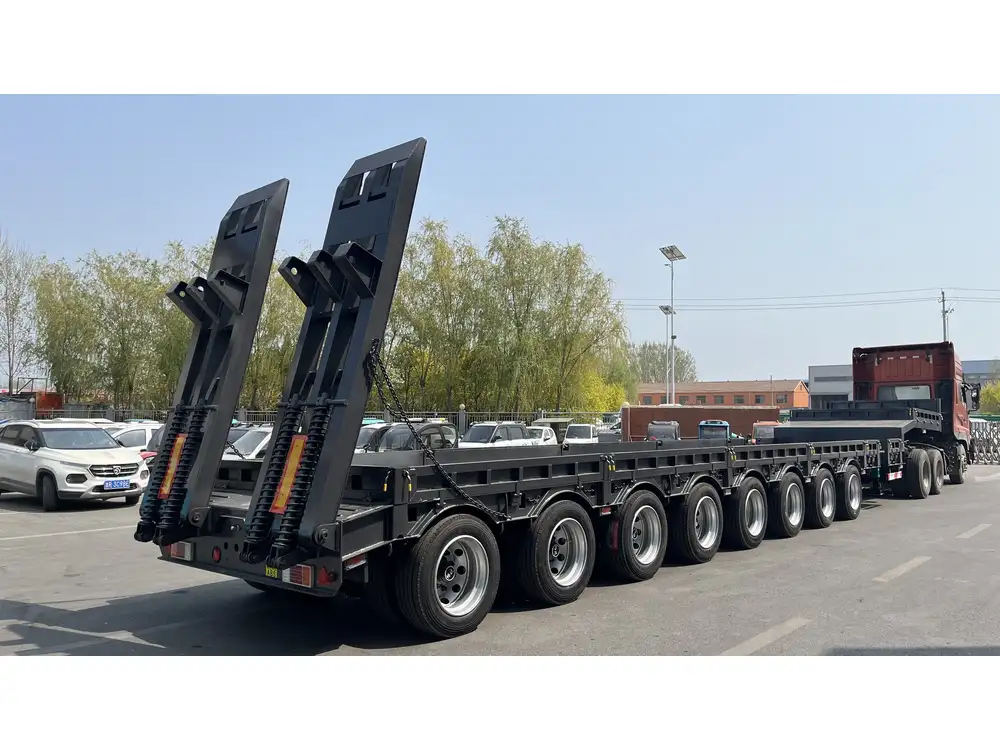
2. Why Width Matters
Understanding the average width isn’t merely an academic exercise; it has practical implications on several fronts:
Regulatory Compliance: Transporting goods across state lines requires adherence to federal width regulations. Violating these can lead to fines or vehicle detentions.
Load Stability: The width of a semi-trailer is crucial when considering the stability of the load being transported. A wider stance can offer improved balance, particularly for high or top-heavy shipments.
Infrastructure Limitations: Roadway designs, including bridges and tunnels, have specific clearance and width constraints. Knowing the average width helps in route planning and avoids potential obstacles.
Operational Efficiency: Fleet owners should consider the turning radius and maneuverability associated with the width of semi-trailers. Wider vehicles require more space for navigation, affecting route selection and potential parking scenarios.
3. Variations in Semi-Trailer Dimensions
While 102 inches is the standard width, variations do exist based on the type of semi-trailer and its intended use:
3.1 Standard Semi-Trailers
These trailers, commonly used for freight transport across diverse sectors, adhere to the average width of 102 inches.
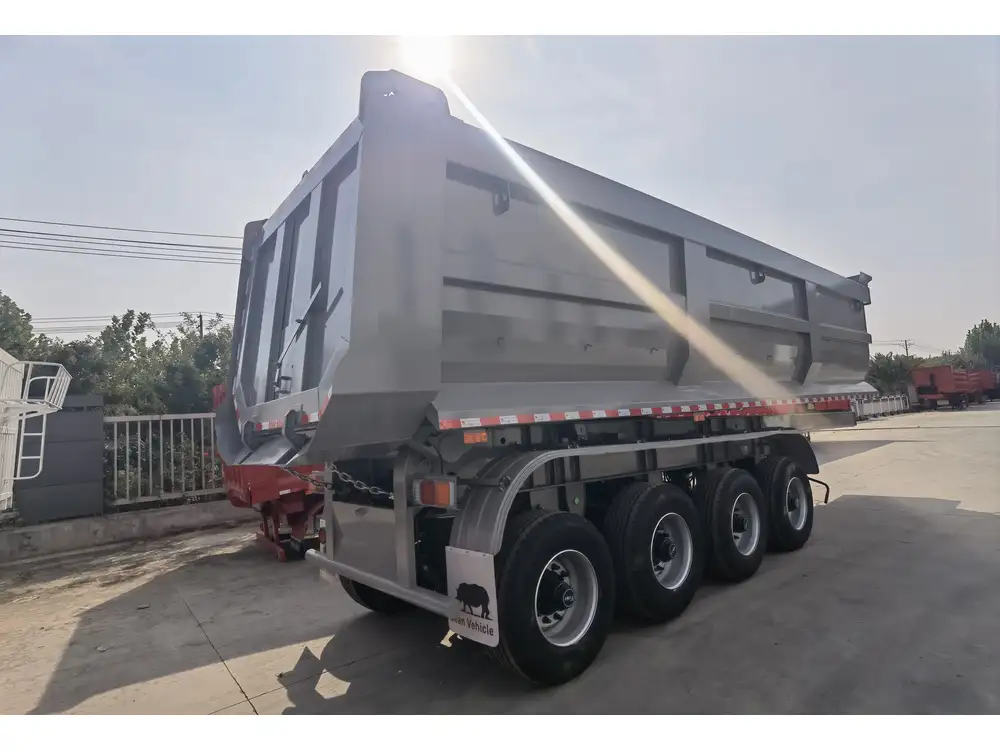
3.2 Specialty Trailers
- Car Haulers: The width can vary slightly, often either conforming to standard dimensions or allowing for a few extra inches depending on the model and manufacturer.
- Reefer Trailers: Designed for temperature-sensitive loads, they usually maintain the standard width but might have additional insulation, which could impact overall dimensions.
3.3 Expanded Width Trailers
For specific cargo—particularly those that utilize wide-load permits—trailers can exceed the standard width:
- Oversized Loads: Many of these trailers can stretch up to 120 inches, necessitating pilot vehicles and careful planning to navigate public roads legally and safely.
4. Loading Considerations
When discussing trailer width, the conversation naturally leads to loading practices and weight distribution. Here are essential considerations:
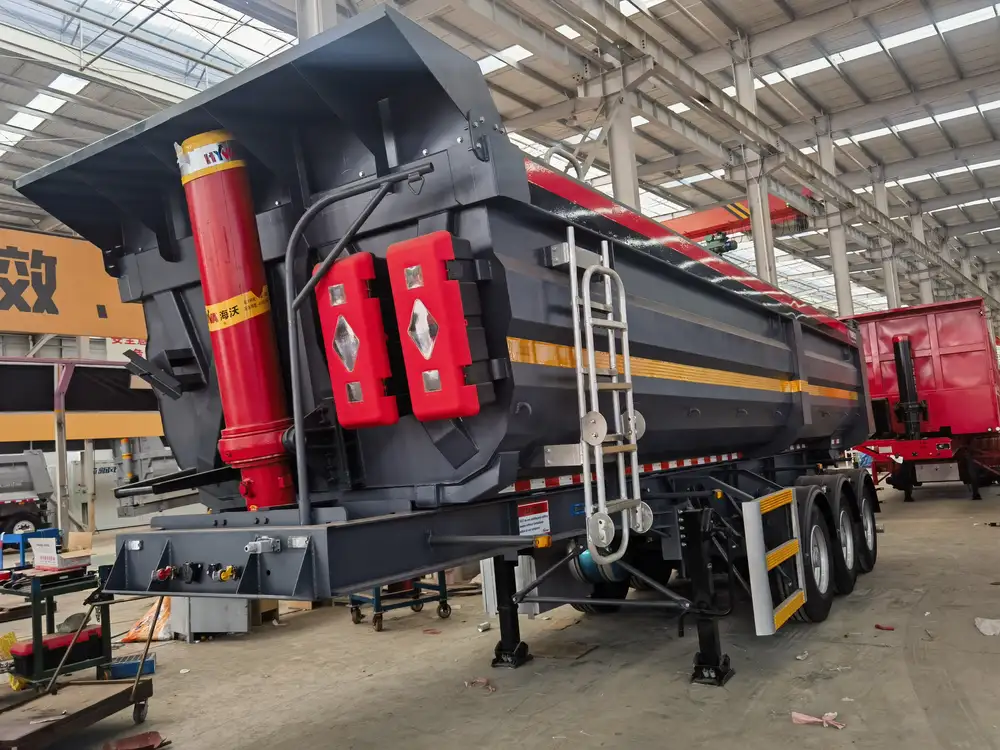
4.1 Load Distribution
Properly managing weight across the width of the trailer is vital for maintaining balance and ensuring legality per transport regulations.
4.2 Weight Limits
As mentioned, the traditional federally imposed weight limit on semi-trailers maxes out at 80,000 pounds. This stipulation includes the trailer itself, cargo, and the vehicle’s weight. When utilizing the maximum width, load distribution must comply with this limit to avoid excesses.
4.3 Side Loaders
For operations that require side-loading capabilities, awareness of the trailer’s width is imperative. Wider trailers may facilitate easier side access but require additional maneuvering space.
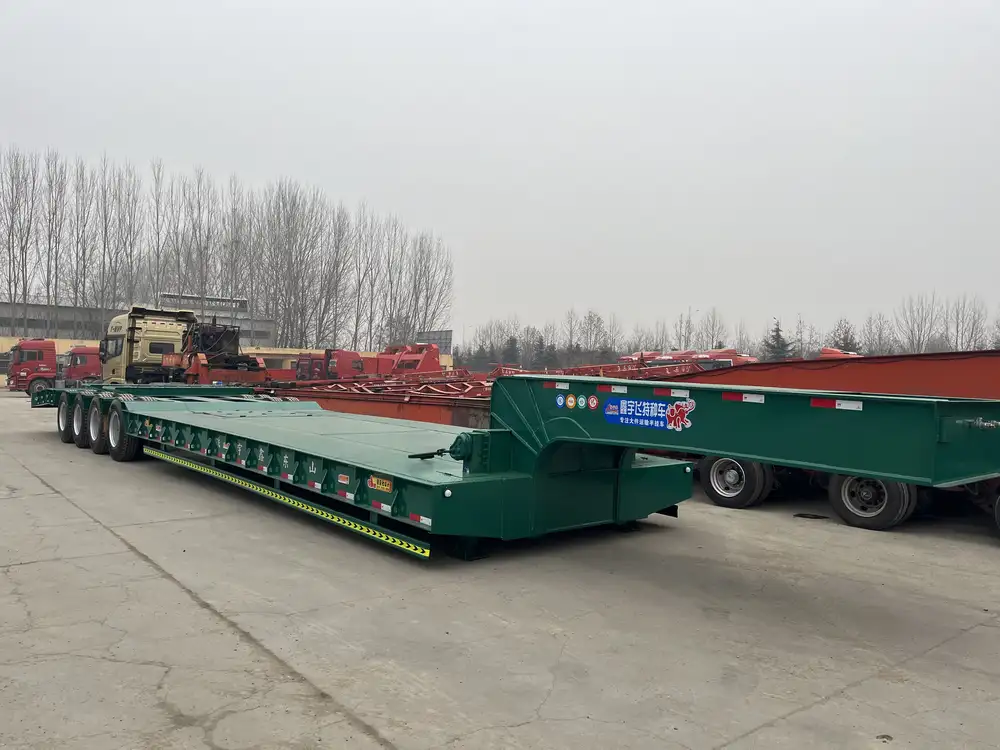
5. International Considerations
As logistics often cross borders, differing global standards must also be noted. For instance:
5.1 European Standards
In Europe, the maximum width for semi-trailers is generally similar but can vary slightly. Many countries allow for a width of 2.55 meters (approximately 100.39 inches), which puts them in the vicinity of U.S. regulations yet can make compliance complex in transatlantic logistics.
5.2 Canadian Regulations
In Canada, the width of semi-trailers largely mirrors U.S. standards; however, certain provinces might impose specific regulations that affect permitted widths depending on the road types and regional requirements.

6. Implications of Width on Fleet Management
For fleet managers, having a robust understanding of semi-trailer widths and their implications is crucial for comprehensive management, cost efficiency, and compliance adherence.
6.1 Cost-Benefit Analysis
Evaluating the width of trailers relative to operational needs can lead to significant cost savings by optimizing load capacities and minimizing fines associated with non-compliance.
6.2 Fleet Versatility
Fleet owners must balance the need for operational versatility with equipment costs. A mix of standard and specialty trailers allows for a wide-ranging approach to logistics, catering to diverse markets and demands.

6.3 Maintenance and Upkeep
Wider trailers, particularly those with specialized functions like wide-load capabilities, often require heightened maintenance and safety checks. Planning for these additional requirements is essential for effective fleet management.
7. Best Practices for Complying with Width Regulations
To navigate the complexity of semi-trailer widths and ensure compliance, the following best practices should be adopted:
7.1 Regular Inspections
Routine checks of trailer dimensions and adherence to regulatory standards are vital. Maintaining geometric compliance is not only a legal obligation but also promotes safety.
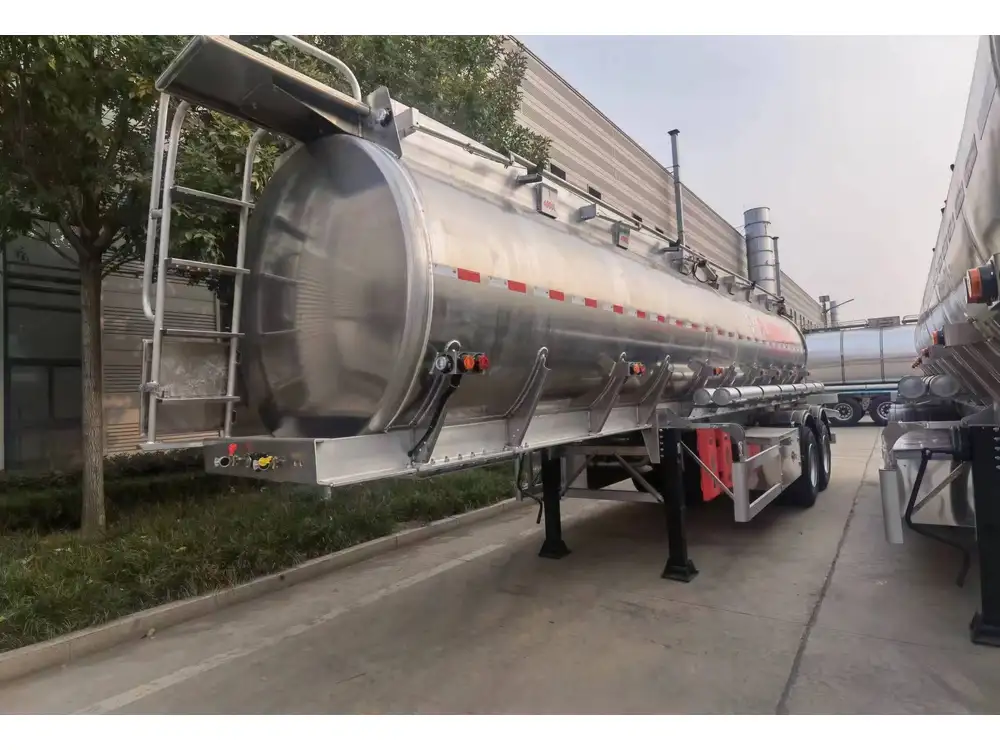
7.2 Route Planning
Prior to transport, map out routes considering side-loading requirements, width restrictions, and road types. Utilize trucking software that factors in vehicle dimensions for optimized planning.
7.3 Driver Training
Invest in training programs that emphasize the importance of understanding trailer widths and their implication on safety, load management, and route navigation.
8. Conclusion
In an industry as dynamic as transportation, understanding the average width of a semi-trailer is not merely a metric; it’s a foundational pillar that influences compliance, load management, operational efficiency, and overall road safety. Recognizing the interplay between width and the multifaceted dimensions of trailer operation can lead to informed decisions that benefit fleet management and logistical effectiveness.
For those involved in the manufacture, operation, or management of semi-trailers, staying abreast of dimensions, regulations, and best practices is key to navigating the complex landscape of freight transportation. Embracing this knowledge will ultimately translate to smoother operations, reduced costs, and enhanced compliance across the board. Transitioning into a thorough and enlightened approach concerning semi-trailer width will invariably set the stage for sustained success in the transportation sector.



